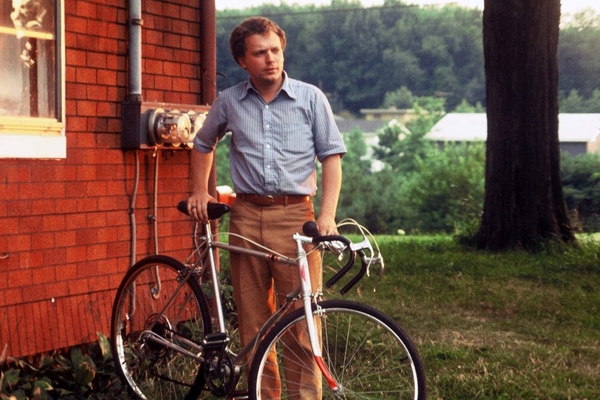@Gordon Nichols wrote- "I dunno about drilling the hinges for lightness. You’re gonna save, what? The weight of a couple of #2 pencils?  "
"
It's all about percentages, baby!

But after enough drilling you might have several cases worth of #2 pencils. Every little bit repeated repeatedly adds up to a lot of bits of little bits.
You've hit the nail on the head, Robert!
When you start looking at a car with the express purpose of trimming weight, a few obvious things- aluminum instead of steel wheels, thinner glass/replacing with lexan or plexiglass, stripping undercoating, substituting aluminum and/or titanium for steel/cast iron parts, jump out and will result in the loss of large amounts (pounds); after that you have to start looking at ounces, and even grams (28.3 g= 1 oz) on every piece you can touch. How much weight can you save by drilling holes in the ignition key? door handles? door striker plates? the brake and clutch pedals? Gordon's right- not very much individually, but start re-working every part you can get your hands on, add it all up and it's more than you think.
My late (shorter and lighter) handbrake originally weighed 357 grams, the ratchet plate (a bitch to drill, as it's surface hardened like a lot of transaxle parts; be prepared to fork out for carbide drill bits!) weighed 81 g and the pivot pin (which holds everything in place and anchors the assembly to the bracket on the tunnel) weighed 42- so 480 grams in total. Weights after reworking- 238, 55 and 21= 314- that's a weight reduction of 166 grams (5.86 oz), or 34 %. Every little bit counts!
Not everything you touch will yield such great percentages, but 20% is usually achievable without too much work. And if you can subject 200 pounds of parts to the drill and/or grinder, you'll reduce car weight by upwards of 40 lbs. I think I'm averaging more than 25% weight reduction on all the pieces I've touched, the total at the moment being a little under 30 lbs (I haven't added it up lately so I'm guessing) and there are certainly more pieces to look at.
When Porsche built the '67 911R there was an engineer in charge of each group of parts on the car. One of the main objectives was to build the car as light as possible. The main shell was made of thinner steel, hoods, doors and bumpers were all thin fiberglass, the windshield was made from 1mm thinner glass, the rest of the windows were plexiglass, window winder mechanisms were scrapped in favor of leather straps, the Fuchs wheels were forged from smaller/lighter slugs than the production line wheels, some parts that were steel on the 911S were made of aluminum, and they redesigned, filed, ground and drilled holes in everything else (including the key)! The cars weighed in at 1670 lbs- 500 less than the production line S. Coupled with the aluminum cased, 210 hp type 901/22 engine (30? hp more than the S, which was already substantially more powerful than the base engine), another giant killer was born.









